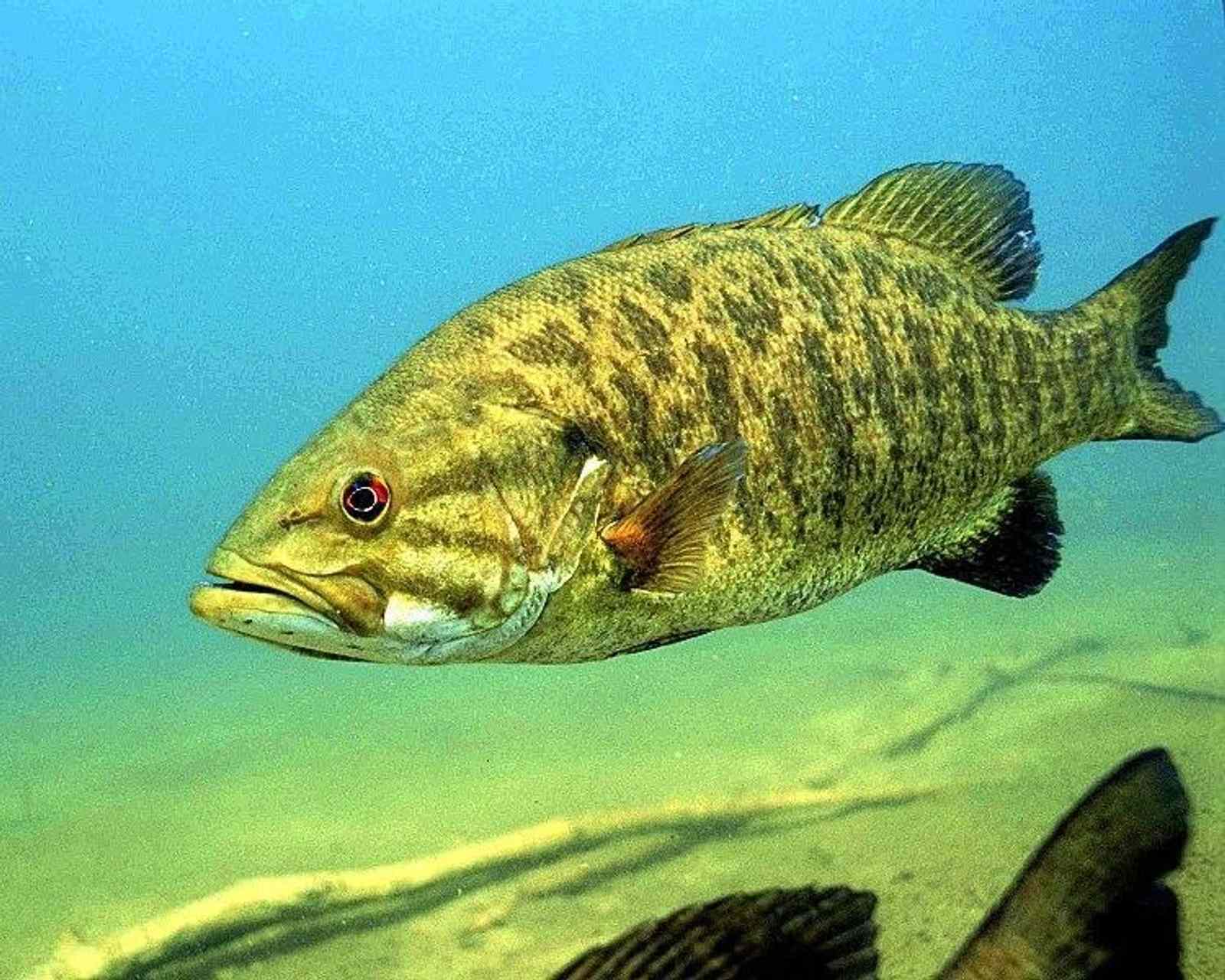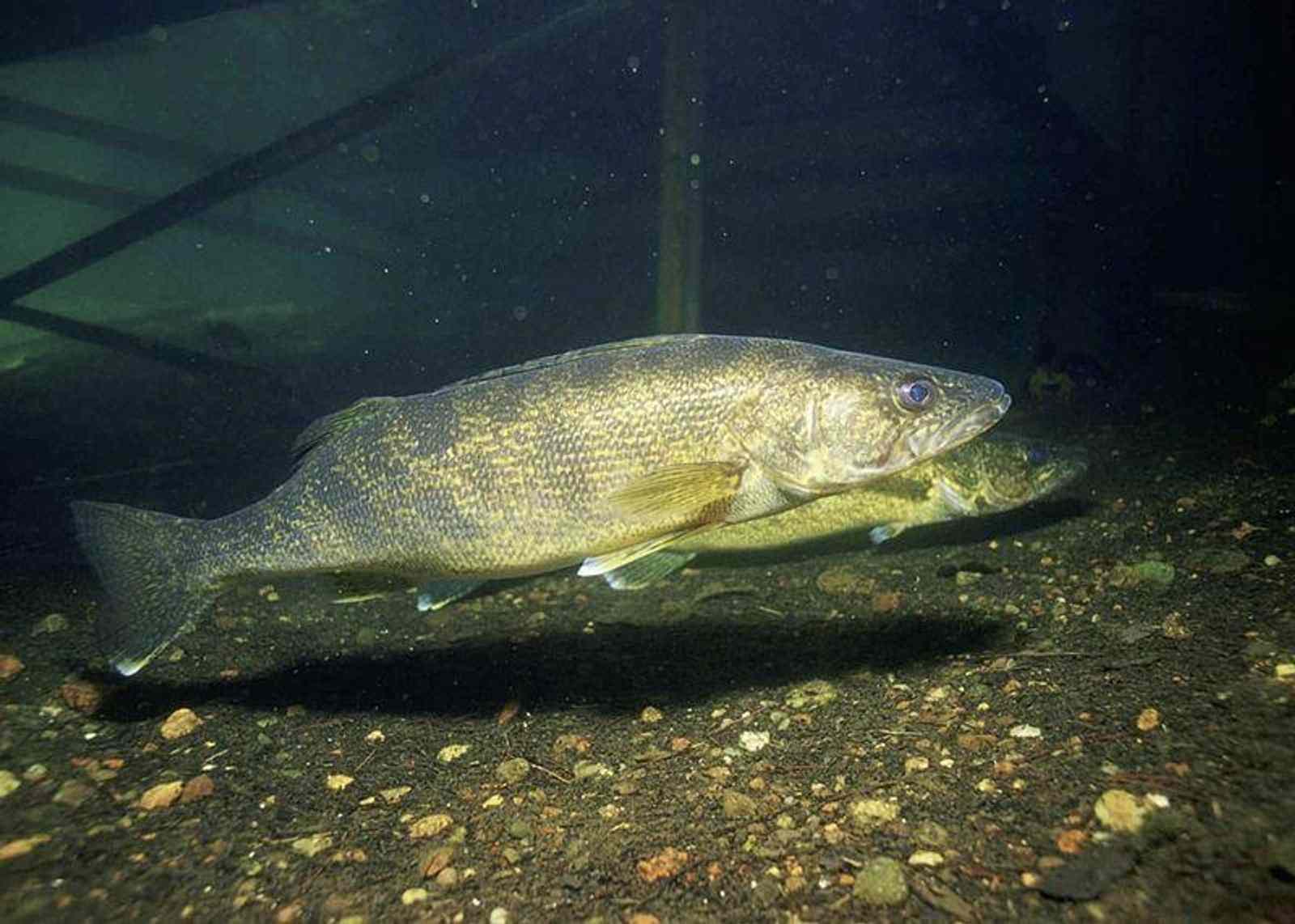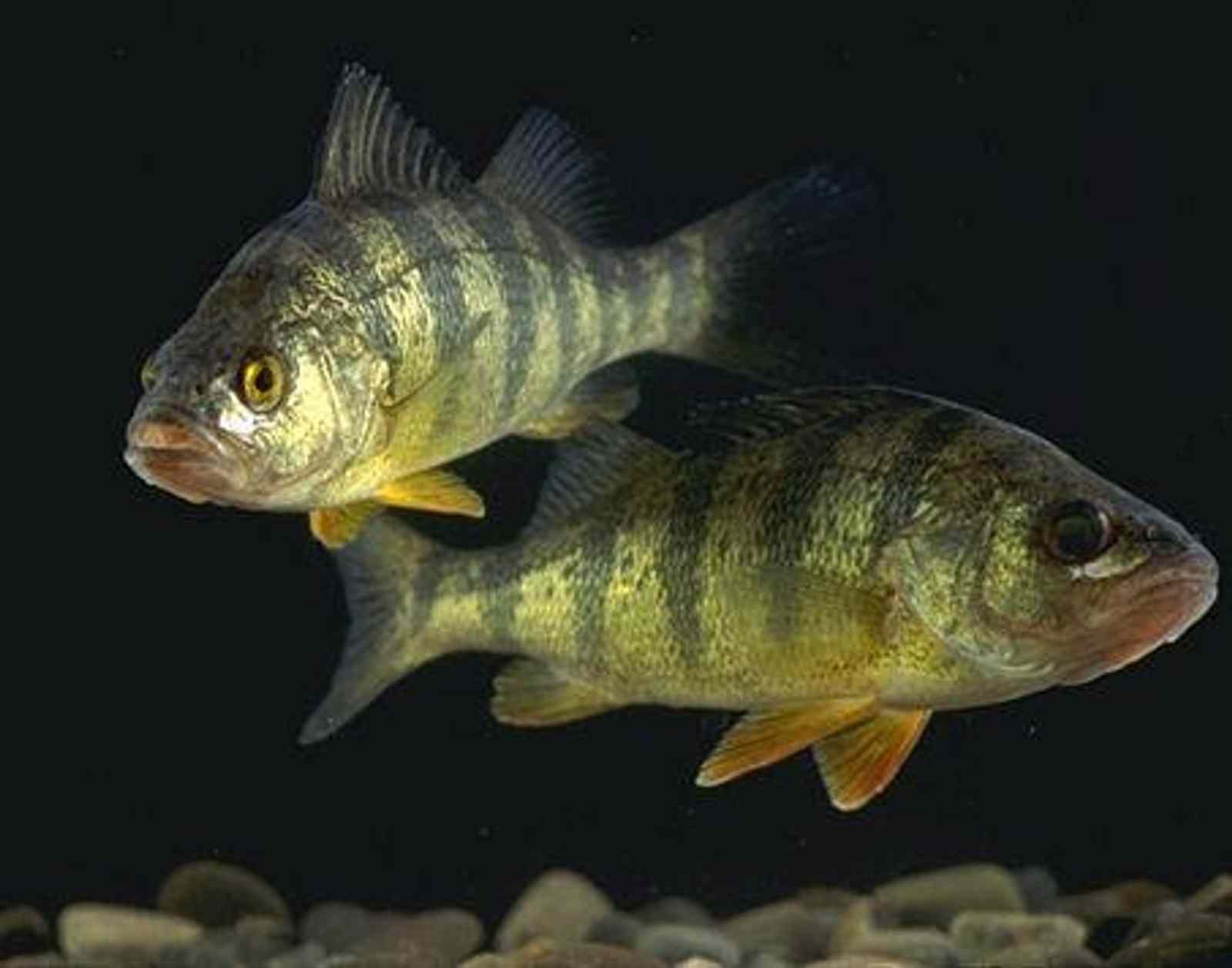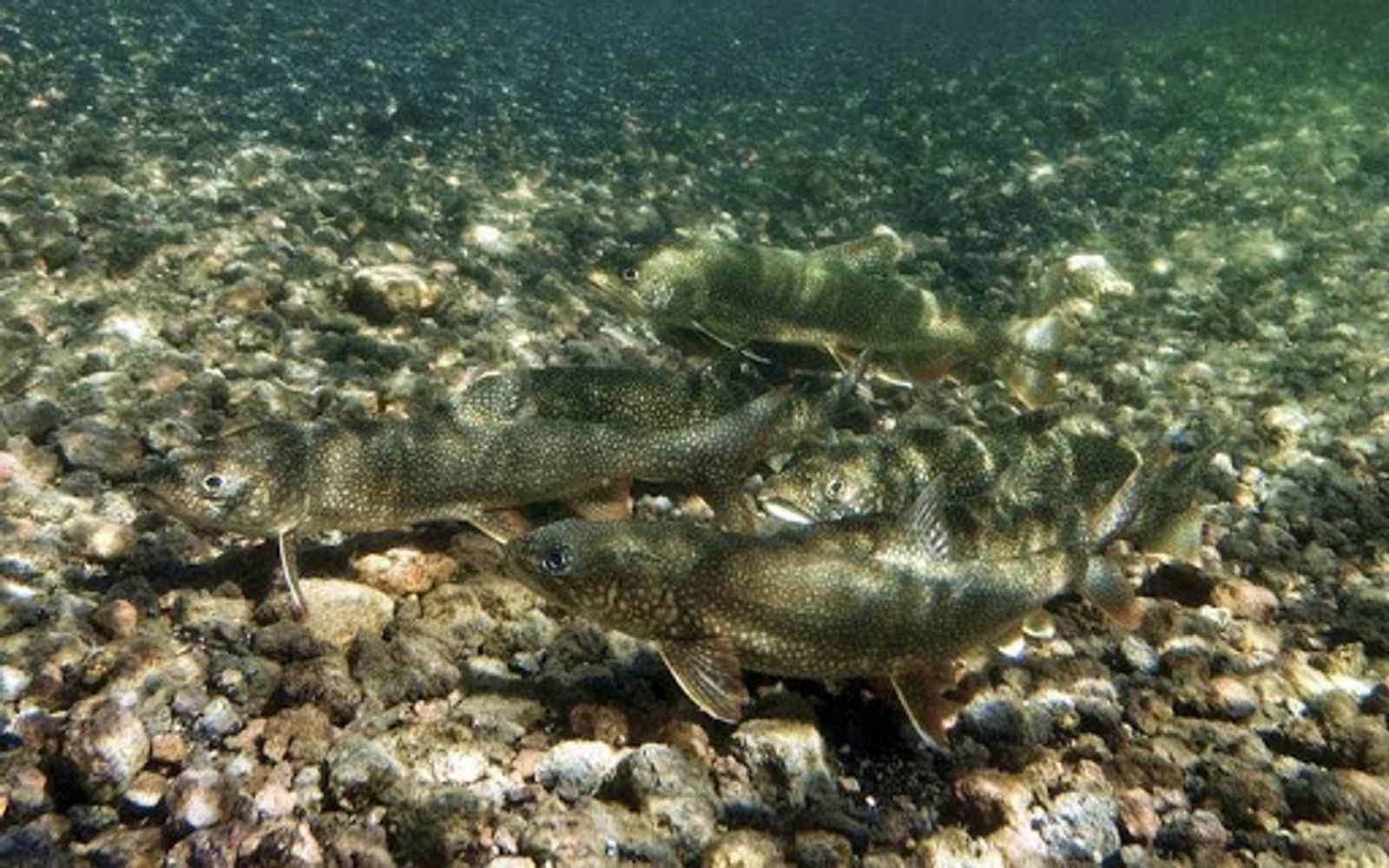Published June 29, 2020
Think about it: When was the last time you saw fish outside of the seafood section of a grocery store? Fish are more than just a tasty dinner, they are also an essential part of water habitats, transporting and distributing nutrients throughout the ecosystem.
The best time to see fish in the wild is when they are most active. This usually happens around dawn or dusk, when they come to the surface of the water to feed on small insects. How many Great Lakes fish can you spot?
Here are five common Great Lakes fish that you might spot in your nearby waterbody.
1
Smallmouth Bass

Smallmouth Bass are usually brown, black, green, or occasionally yellow, with dark vertical bands around their bodies and reddish eyes. These fish live in warm water with lots of vegetation, clear rocky lakes, shallow muddy ponds, and slow rivers.
Smallmouth Bass living in rivers may be more torpedo-shaped and darker than the ones living in lakes, who are lighter coloured and rounder.
2
Walleye

Walleyes are large and are often olive and gold coloured with dark markings on their sides and white bellies. Because they are predator fish, they have large teeth. They can be found in a wide range of habitats, such as shallow reservoirs, deep rivers, and lakes. They can live in bodies of water with cold or warm water, and soft or rocky bottoms.
One of the only things Walleyes don’t like is light, so you’re most likely to spot them very early or late in the day, during overcast weather, or in very dark waters.
3
Yellow Perch

Yellow Perch have yellow bodies with five to nine greenish vertical, triangular bands on their sides. They have two dorsal fins with orange tips and very big mouths. Although these fish do well in a variety of temperatures and habitats, they most enjoy open waters with moderate vegetation.
Yellow Perch can only be found in North America, and have been widely introduced as a forage base for other fish like Bass and Walleyes.
4
Brook and Lake Trout

Brook and Lake Trout can be green, grey, brown, or back with spotted sides, a white underside, and a forked tail. They like to live in cold, oxygen-rich, rivers, ponds, and lakes. Because they prefer cool water, you’re most likely to see these fish near shorelines in the spring and fall.
Brook and Lake Trout are very susceptible to overfishing, so it’s best to leave them be if you see them in the wild.
5
Lake Sturgeon

Lake Sturgeons are brown or grey in colour with rows of bony plates on their sides and backs. They are torpedo-shaped with long snouts and prehensile lips which come in handy when they are vacuuming up food from the mud. These fish live mostly in lakes and rivers that have soft bottoms.
Lake Sturgeons are an at-risk species in Ontario, and are considered endangered in the Great Lakes Upper St. Lawrence due to habitat fragmentation and regulated water flows from dams. If you spot one of these fish, you can help conservation efforts by reporting the sighting to the Natural Heritage Information Centre.
Click here to learn all about the Lake Sturgeon
Healthy fish are a sign of a healthy waterbody. Fish and their eggs are food for mammals, birds, and reptiles, which means they are also vital to ecosystems on land. No doubt about it, fish are some of the most important residents in the Great Lakes!
If you plan on fishing in the Great Lakes, make sure you look over Ontario’s most recent fishing regulations.
Read about the importance of sustainable fishing in the Great Lakes.
Other 'spot these' articles on Great Lakes Guide
Spot these five frogs in the Great Lakes
Spot these five waterfowl in the Great Lakes
